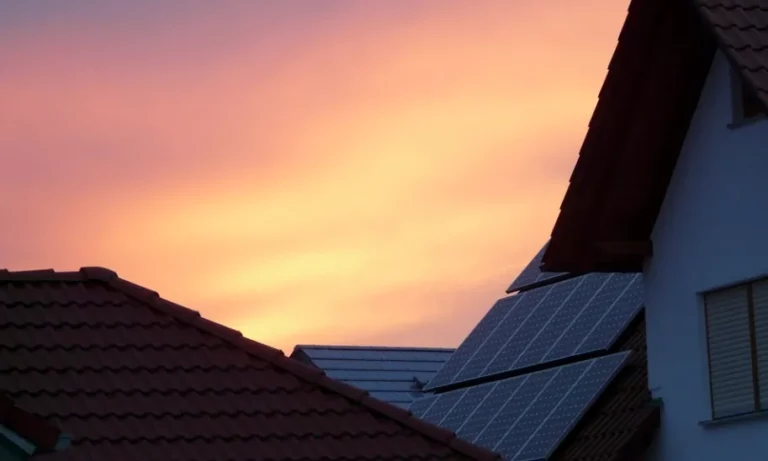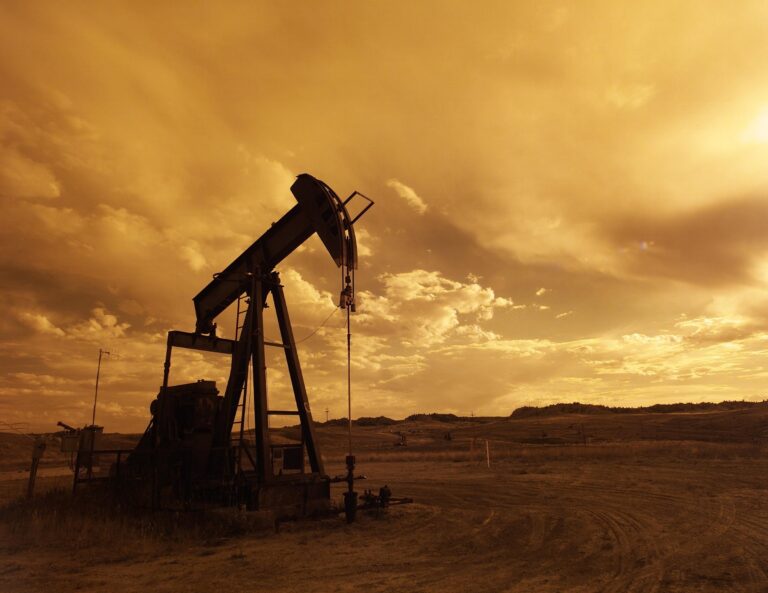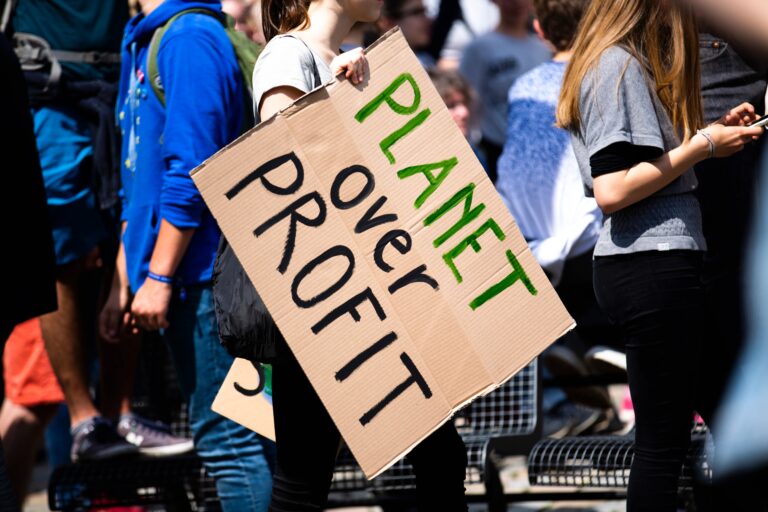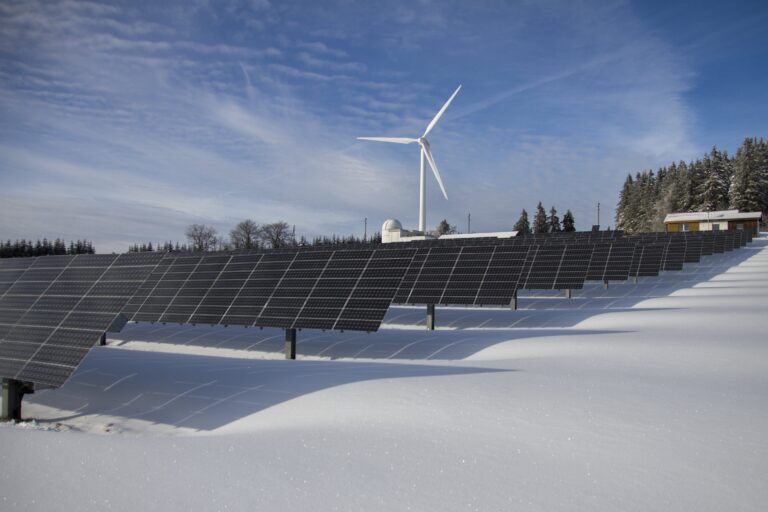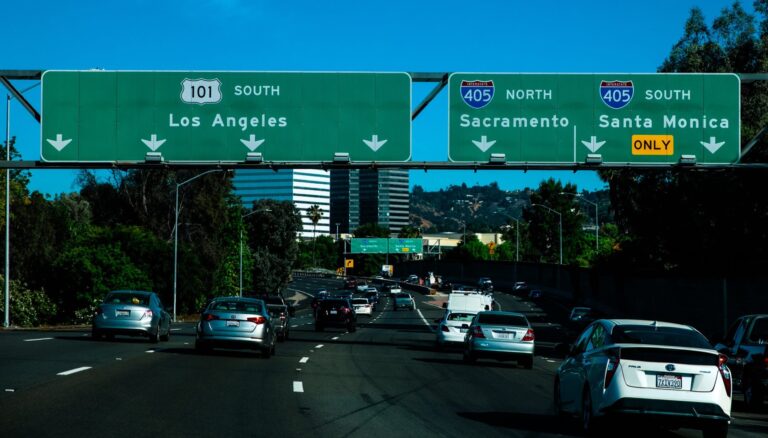climate investors and the new drone age
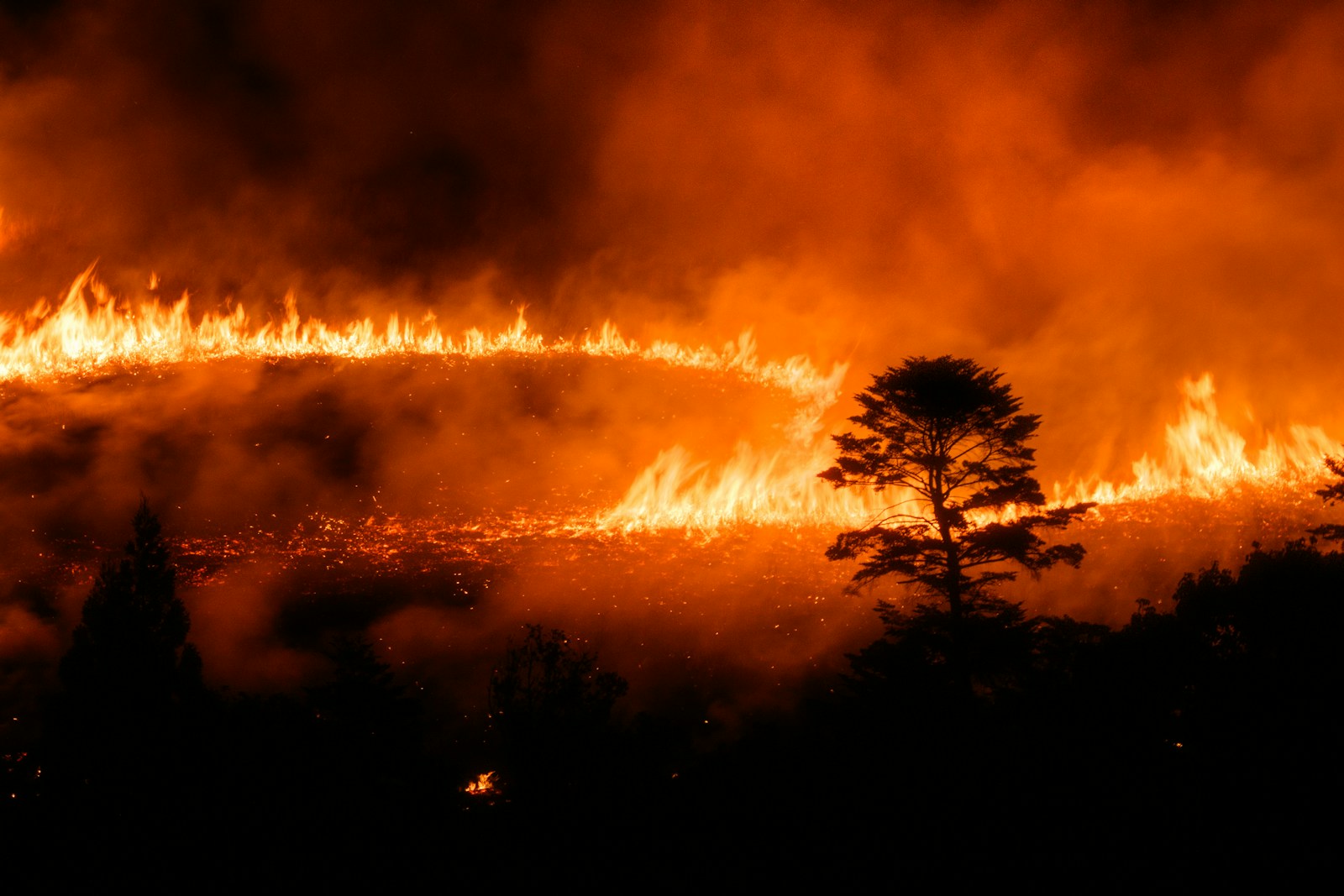
When I published my first novel, Unregulated Militia, a few months back, readers commented how remarkably scary the fictional scenes of drone attacks on American cities were, especially since they are happening in real time in Ukraine and Russia this summer.
Investors caught on to the idea of drones for military use this week after the Sunday New York Times published a story about how unprepared the U.S. military is for drone warfare.
Shares of more than half a dozen young public companies popped on Monday, including DroneShield (DRSHF), Unusual Machines UMAC -5.23%↓ , Kratos Defense and Security Systems KTOS 3.80%↑, and AeroVironment AVAV 2.17%↑. All four are up year-to-date as well, likely because drone attacks in Russia have been in the headlines.
But the coming of the drone age is more than about military uses. It’s also more than just drones with Amazon logos dropping packages off at our homes. Drones have a very important and increasingly applicable impact on fighting climate change.
From search and rescue to monitoring and fighting wildfires, to implementing controlled burns, to spreading seeds in the wake of fires or just on farms in major agricultural uses, the idea of harnessing drone power is just beginning to drive investor imaginations.
While there are several military drone companies, the main business for drone makers is commercial, and some already are attracting investment. They include Red Cat Holdings RCAT 1.72%↑, which provides drone data solutions using blockchain technology, Draganfly DPRO 11.39%↑, a Canadian company that focuses on the public safety and agriculture markets, and AgEagle Aerial Systems (UVAS) which focuses agricultural and delivery systems.
In the climate space specifically, the emerging drone startups are still mostly private, but worth investor attention as venture money has been moving in for years. CalFIRE in California uses drones from Dronelife, for example, to drop small incendiary devices to help create fire breaks while fighting fires. Drone were used to help monitor and fight the raging fire in the Grand Canyon this week, depicted above.
Windracers, a UK company whose drones are larger than most, with wingspans up to 30 feet, is dropping fire suppressants on wildfires in their early stages to help stop them before they spread. Drone Amplified and ZenaDrone both are used for surveillance or controlled burns.
Of course, drones have long been flown into hurricane and tornado systems to measure extreme weather conditions or used in place of fireworks for gorgeous flying art spectacles at night.
Still, the idea of drones as menacing devices, particularly as AI develops, has been hard to shake for the general public. When mysterious drones appeared above New Jersey last Christmas, the reaction harkened back to the great War of the Worlds scare by Orson Welles on the radio in the 1930s, in terms of public anxiety.
My book won’t help ease this anxiety. It imagines exactly what the government is racing to prevent. But it is still just fiction. In reality, technology developed for military uses often becomes wildly important for commercial uses. Look at the Internet, for example.
The age of autonomous vehicles, on land or in air, is coming fast. Investors are paying attention as we saw this week. There will be winners and losers in the new drone age. And a lot of them will be focused on fighting climate change.
Sponsor
Find a Vetted Financial Advisor
- Finding a fiduciary financial advisor doesn't have to be hard. SmartAsset's free tool matches you with up to 3 financial advisors that serve your area in 5 minutes.
- Each advisor has been vetted by SmartAsset and is held to a fiduciary standard to act in your best interests. Get on the path toward achieving your financial goals!

